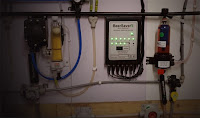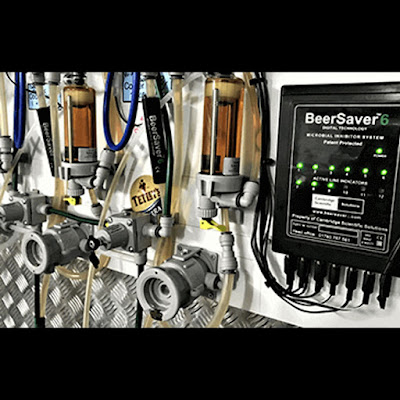The Process Of Cleaning Beer Lines
When you run a pub, one of the most
tedious, yet essential, tasks is cleaning the beer lines, Beer line cleaning procedures are actually fairly straightforward,
if time-consuming and beer-wasting as well. Most breweries publish beer line cleaning procedures and
schedules in their quality assurance policies.
Most brewers will advise, if not insist in
the case of a tied house, that beer lines are cleaned every week. Certainly,
long draw beer lines of over 25 feet or in pubs serving large volumes of
draught beer should be cleaned this often, although a small country pub with
fewer customers might get away with every two weeks, but once a week is the
norm in most pubs and bars.
Obviously, it is critically important to
serve beer that is clear and tastes as it should do. This is the only way to
keep customers coming back for more. Looked at the other way around, if your
beer is not served as it should be you will very quickly lose customers.
When carrying out beer line cleaning procedures you should always closely follow the
chemical manufacturers instructions because these chemicals are either caustic
(alkaline) or acid, and both can be dangerous if not handled carefully. You
should always wear rubber gloves and eye protection, and a rubber apron is also
recommended. Acid cleaning chemicals are great for dissolving minerals in the
lines known as beer stones, while caustic cleaners attack and dissolve
proteins, yeasts, carbohydrates, bacteria, mould, hop resins, and bio-films.
The process of cleaning the beer lines is
straightforward, if time-consuming. First, flush the beer from the lines with
water which prevents the chemical's cleaning properties from being reduced.
Then clean the lines with the appropriate solution, taking care to follow the
manufacturer's instructions regarding dilution. The chemicals should be allowed
to soak the lines for at least ten minutes.
Then you flush the chemicals out of the
lines with water and you should check the lines for cleanliness by using a ph
tester or litmus paper to ensure no chemicals have been left in the lines. Then
run some beer through the lines and discard it to ensure that they are
completely full of beer.




Comments
Post a Comment